COVID-19 drives surge in online grocery sales
10 Apr 2020Confinement and supermarket shortages have driven more shoppers to purchase online with NYC-based tech firm Chicory reporting increases in online orders that surpass U.S. holidays, including Halloween and Fourth of July.
In addition to an overall increase in Americans shopping online for their groceries, Chicory reported that the average order rate among top ingredients has increased 123% between January and March as compared to the same time period last year. The top five ingredients seeing increases are pasta with 699% growth, canned crushed tomatoes with 316% growth, evaporated milk with 287% growth, tomato sauce with 269% growth and canned green chilis with 245% growth.
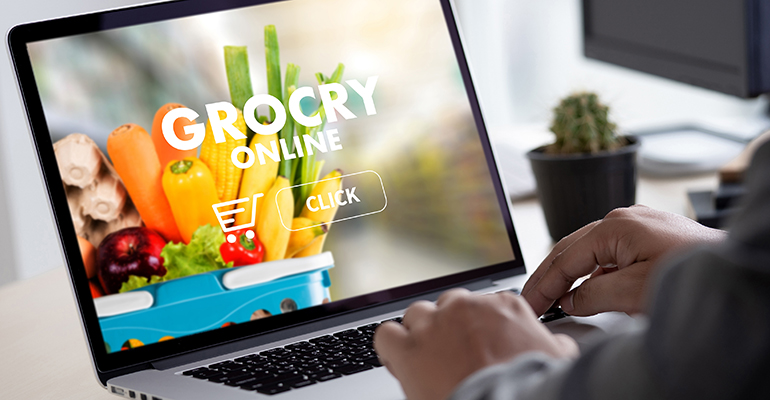
Other top ingredients include canned beans, dried fruit, fresh dairy milk, chicken, eggs, cauliflower, and white rice. Online sales of eggplant and cucumbers decreased by 13% and 35% respectively.
The data was pulled from online orders placed from recipes that featured the company’s “Get Ingredients” button and eCommerce ads for brands
While Chicory data comes from its network, which includes brands like General Mills and stores supermarkets like Wakefern, retailers are also reporting surges in online grocery sales.
Last year, only 4% of U.S. grocery sales came from online orders, according to Nielsen data. In the first quarter of this year alone, CNN Business reported that “online grocery shopping is exploding” with 41% of those purchasing online being first-time buyers.
Part of this growth comes directly from retailers’ own built-in online ordering systems, but third-party apps have also seen staggering growth. Between February and March, daily downloads of Instacart, Walmart Grocery and Shipt apps have seen surges of 218%, 160% and 124% respectively, according to TechCrunch.
These steep increases to online ordering mimic trends for Halloween and surpass online ordering volumes for the Fourth of July. The increase in online orders does not rise to the order of magnitude seen for the Super Bowl, Christmas or Thanksgiving. Still, retailers are struggling to keep pace.
CNN Business reported that Ahold Delhaize has added web servers to accommodate increased demand. Other retailers like Walmart, Albertsons, Meijer and Hy-Vee are turning toward technology and automation within warehouses as well as increasing staff and adjusting schedules to keep from being overwhelmed by the demand for products.
Consumers may or may not continue to rely on online grocery ordering once the pandemic has subsided. However, these trends may indicate the hastening of adoption of online ordering on a mass scale.
Related news

Plastic packaging reduction requires industry rethink
6 Jan 2023
The food and beverage sector is calling for industry-wide collaboration and business model updates to reduce the environmental impact of plastic packaging.
Read more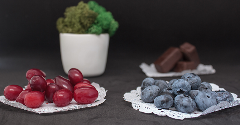
Misleading nutrition claims mask true sugar levels in baby food
5 Jan 2023
Some baby and toddler food and drink products, sweetened with fruit concentrate, contain up to four teaspoons of sugar per serving yet are marketed as having ‘no added sugar’, according to a survey by Action on Sugar.
Read more
Asian beverage brands deal with rising costs
4 Jan 2023
Decreasing bottle sizes or increasing prices? Asian beverage brands are finding “creative approaches” to manage rising costs, according to industry analysts.
Read more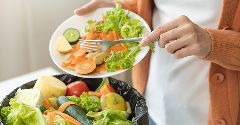
Preserving the freshness of food to fight waste
3 Jan 2023
Several companies are producing products that absorb ethylene, the hormone that causes food to ripen, in attempt to reduce food waste.
Read more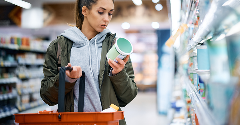
Value-seeking US consumers cut back on food spending
2 Jan 2023
Cheaper items, smaller sizes, and shorter grocery lists: inflationary effects coupled with a global long-term recession are set to continue shaping food spending habits, according to a recent Rabobank report.
Read more
Opportunities grow for lower-caffeine coffee
23 Dec 2022
Many consumers want the mental focus of caffeine without the jitters, prompting a wave of product development such as “half caffeine” ground coffee or ready-to-drink (RTD) cold brew blended with relaxing botanicals.
Read more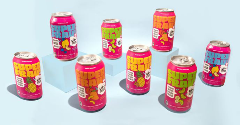
Superfrau upcycles liquid whey for energy drinks
22 Dec 2022
US company Superfrau turns surplus whey into sustainable, upcycled-certified dairy products for the recovery drinks market.
Read more
Malaysian brand Nanka brings jackfruit range to Europe
21 Dec 2022
Malaysian brand Nanka is expanding to new Asian and European markets with its fast and ready-to-eat plant-based products based on jackfruit.
Read more
Is the UK on target to meet its 2025 Plastics Pact?
20 Dec 2022
Major food industry players, including Arla, Kerry, PepsiCo and TerraCycle, have signed the UK’s voluntary Plastic Pact to reduce plastic from the supply chain – but are they on track to meet their targets?
Read more
Ammonia emissions, Oreo cookies, and Olam
19 Dec 2022
Olam Food Ingredients (Ofi) and Mondelēz are under fire for using ammonium carbonate, an authorised food additive, in cocoa and Oreo cookies - but the accusations stem from greater concerns over industrial emissions of toxic ammonia and nitrogen oxide ...
Read more